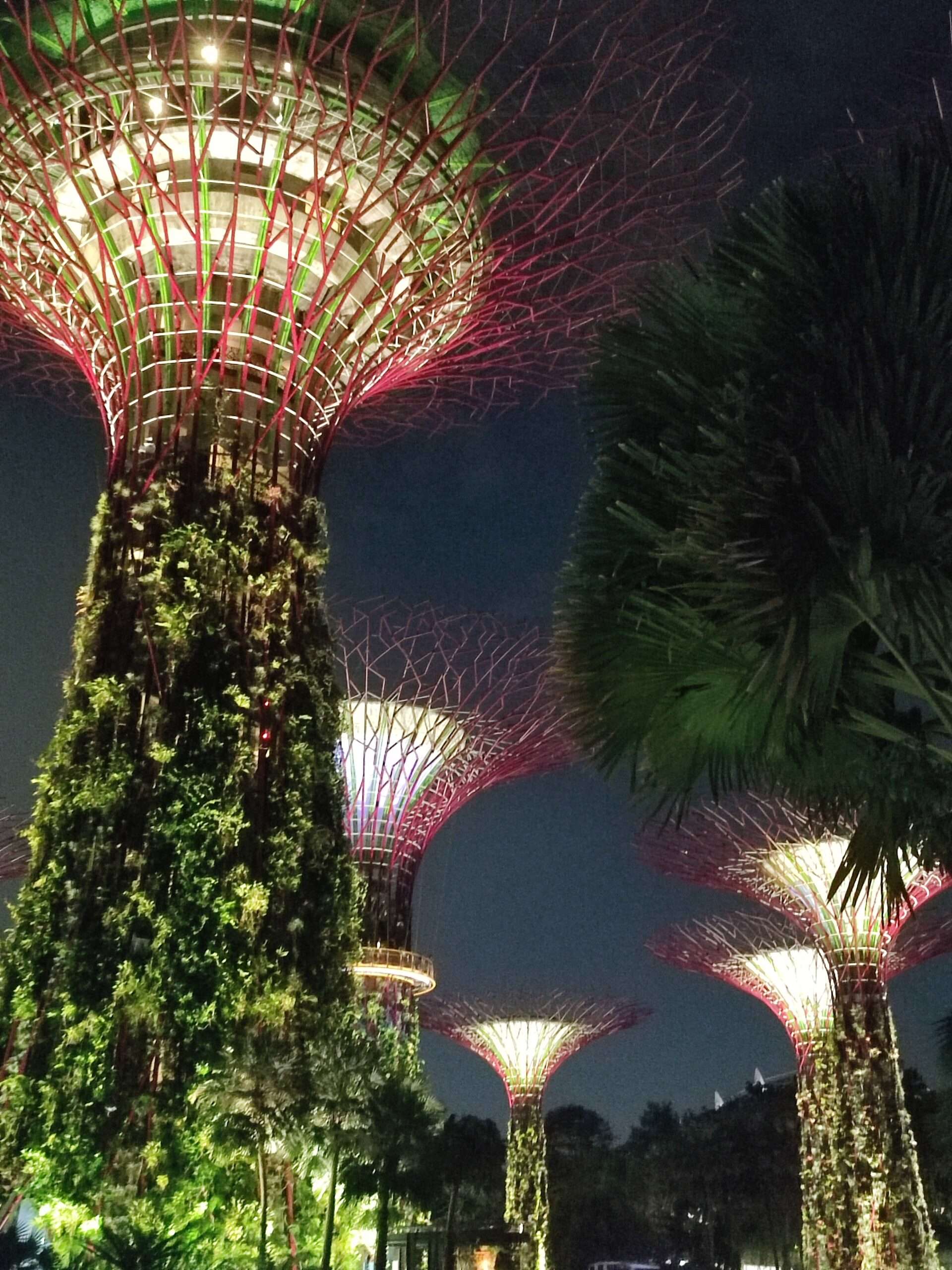Nestled amidst Southeast Asia’s bustling metropolis, Singapore stands out as a beacon of sustainability, demonstrating how a modern city can thrive alongside a commitment to preserving our planet. From ambitious initiatives to a clearly defined 2040 vision, Singapore’s dedication to a greener future serves as an inspiration for cities around the world.
Greening the Concrete Jungle
Singapore has revolutionized urban greening with its innovative approach to integrating nature into the city’s fabric. Iconic vertical gardens adorn buildings, transforming them into lush ecosystems. The Supertrees Grove at Gardens by the Bay and the cascading greenery down hotel facades are prime examples of this vertical garden concept, showcasing how architectural design can merge seamlessly with natural elements.
The “City in Nature” vision of Singapore translates into extensive park networks and connectors that weave through the urban landscape. Over 50% of the island nation is dedicated to greenery, ensuring that residents are never far from a green haven. This commitment to green spaces enhances the quality of life, providing areas for recreation and relaxation amidst the urban hustle.
Urban farming initiatives are another key aspect of Singapore’s greening efforts. Rooftop farms and vertical farming systems are becoming increasingly common, bolstering food security and reducing reliance on imported produce. These efforts not only provide fresh, local food but also foster community engagement and education about sustainable agriculture.


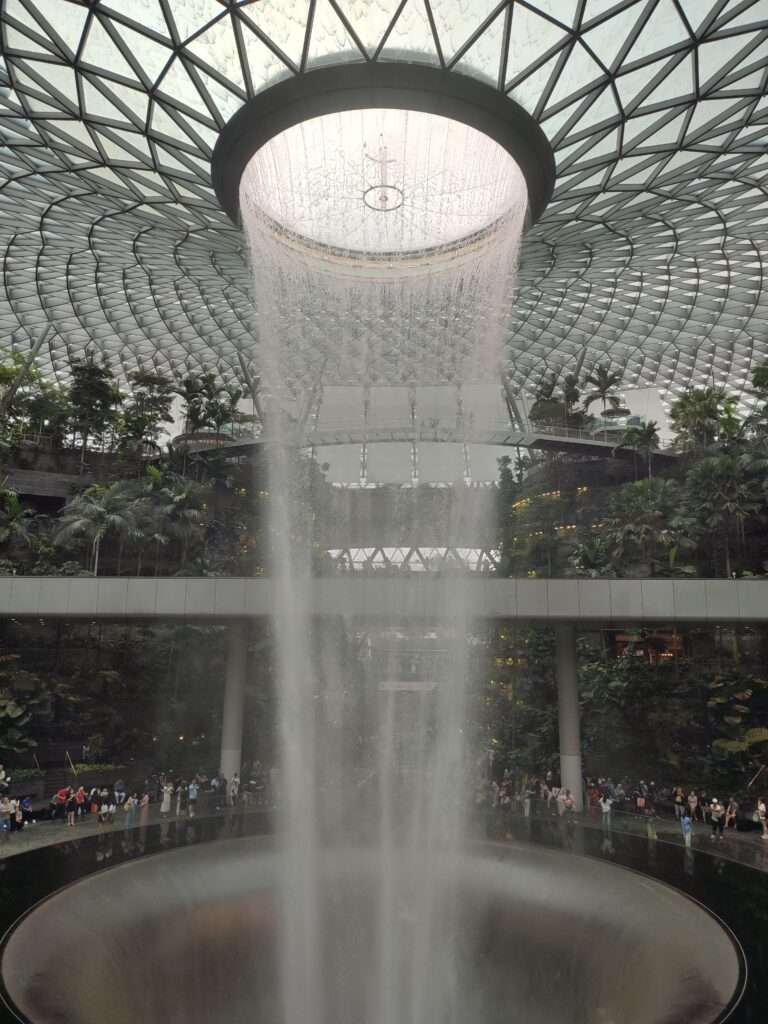
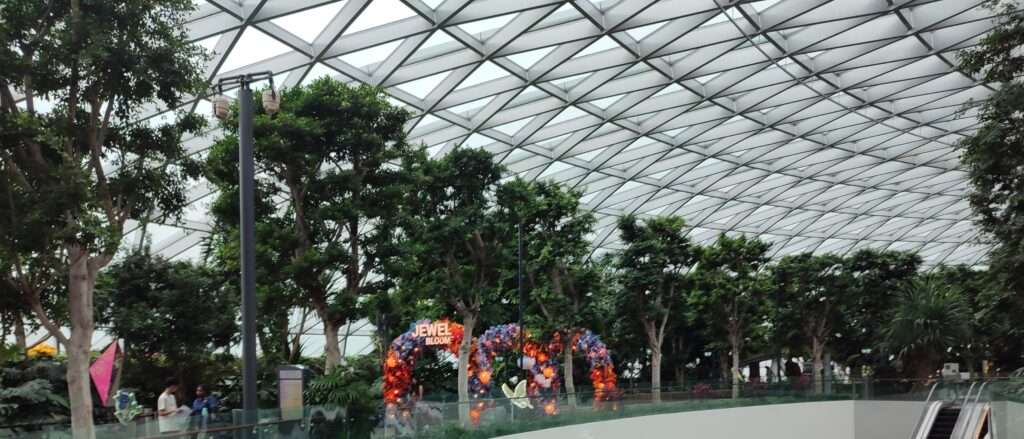

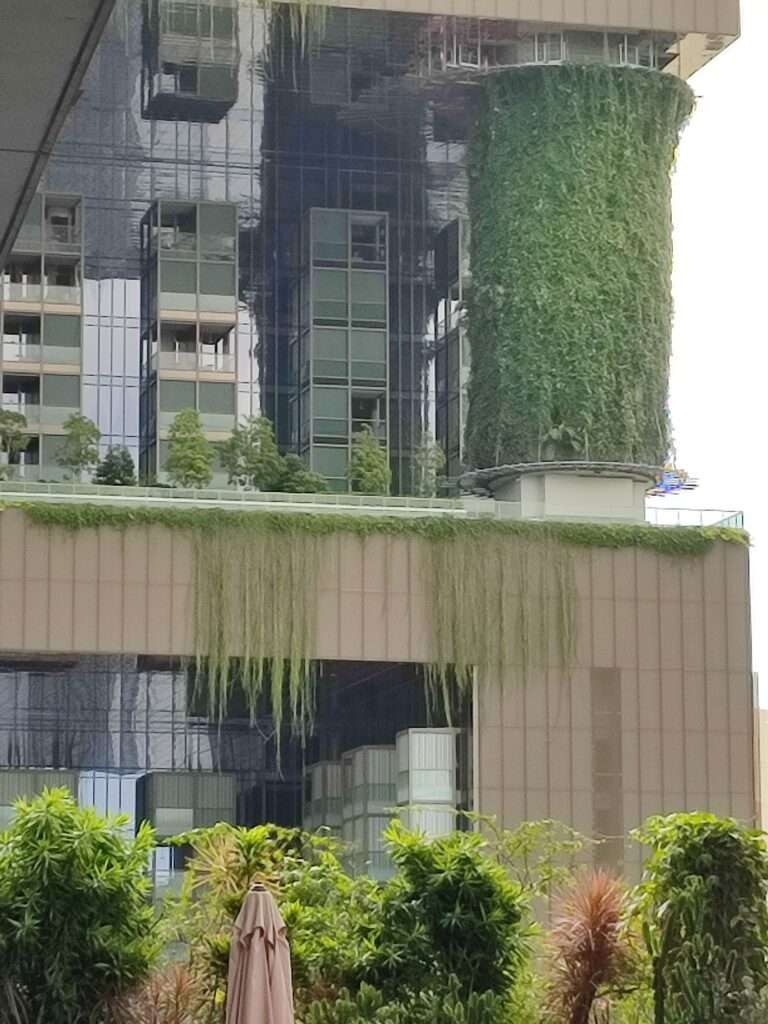
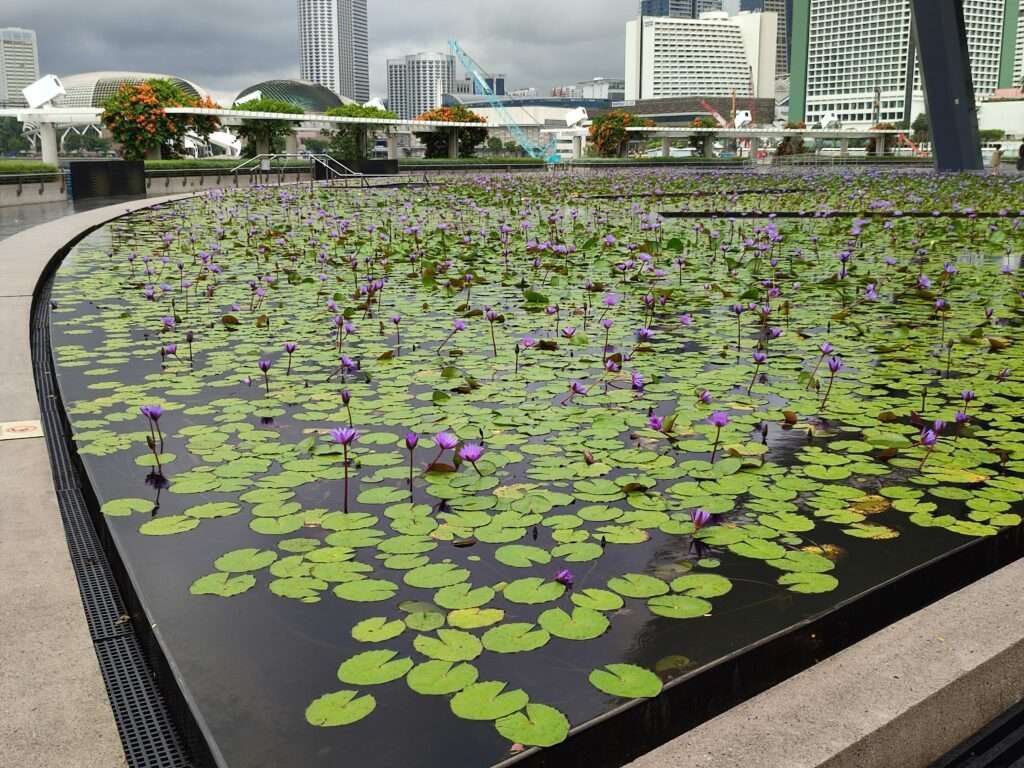
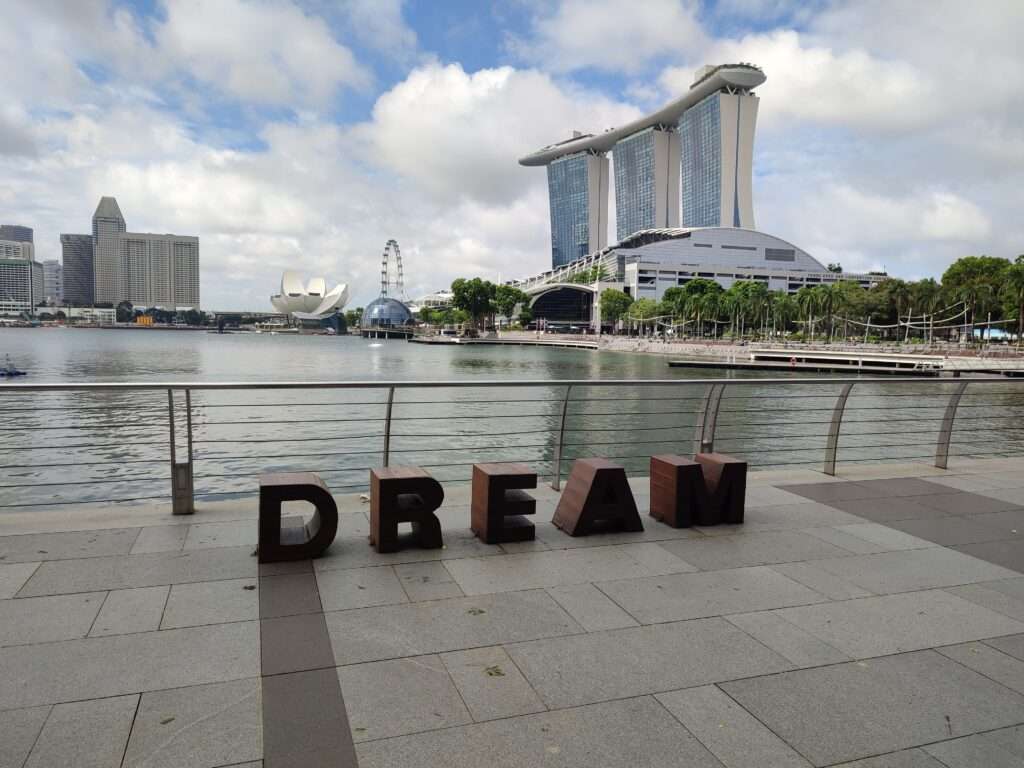
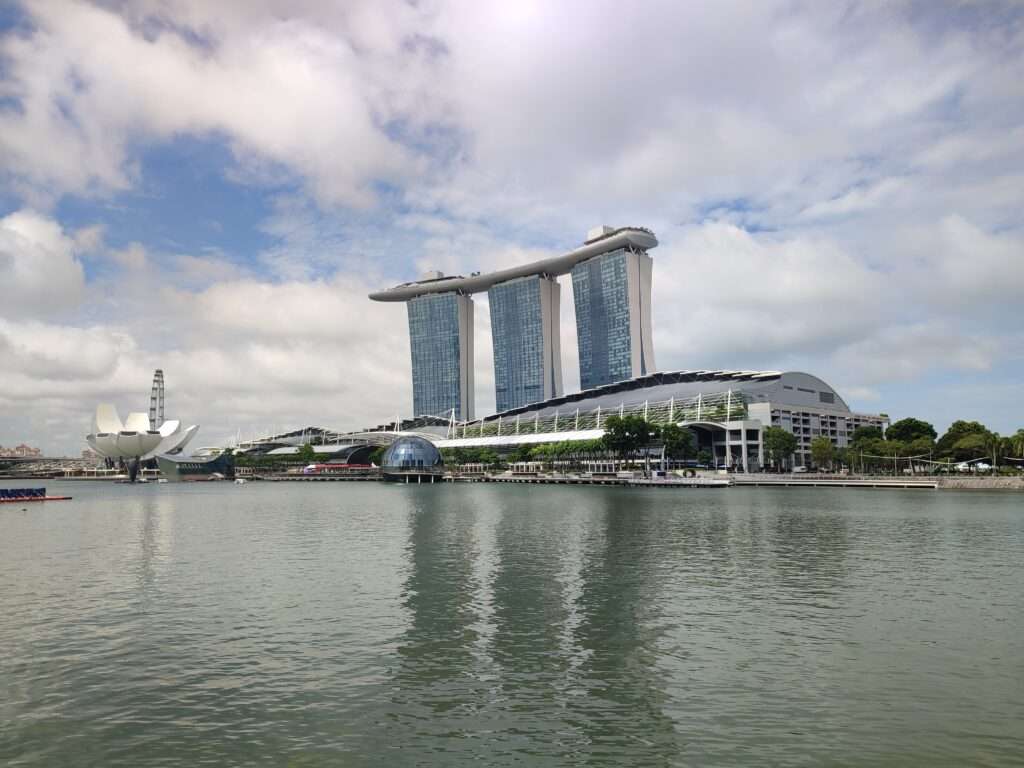
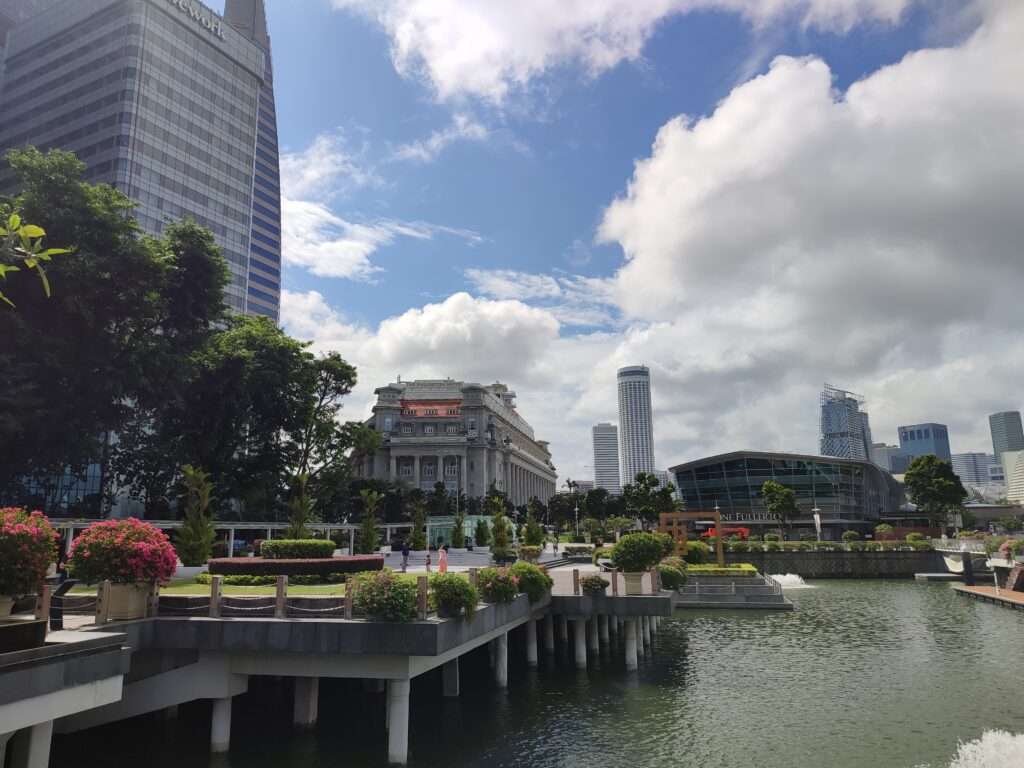
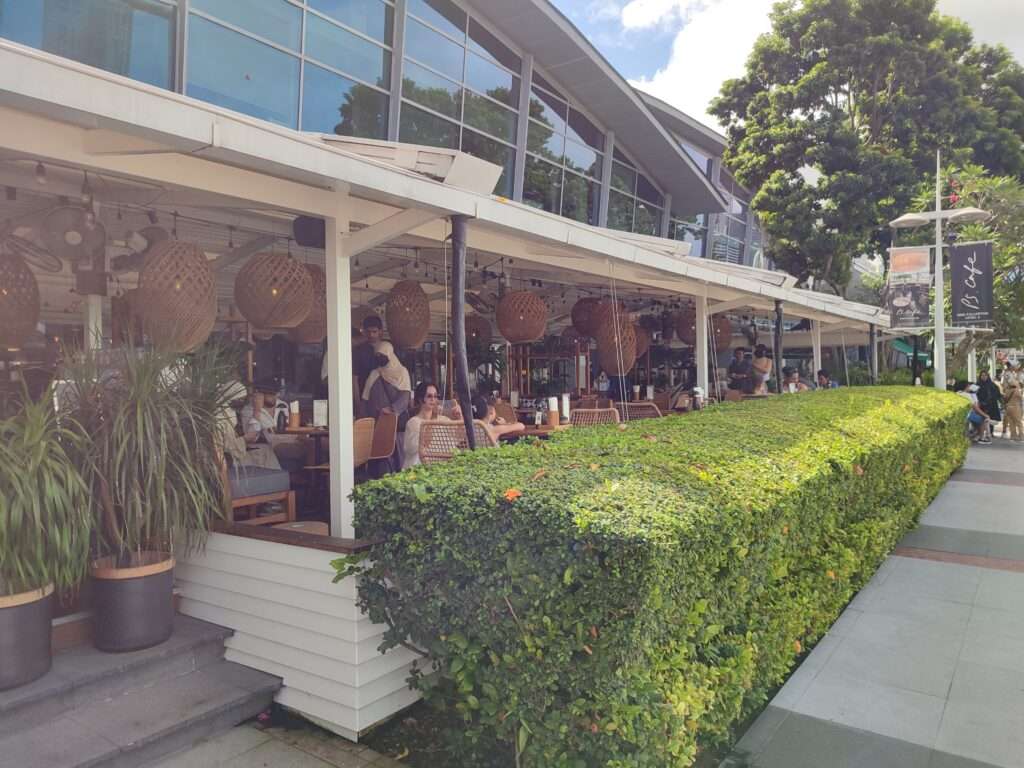
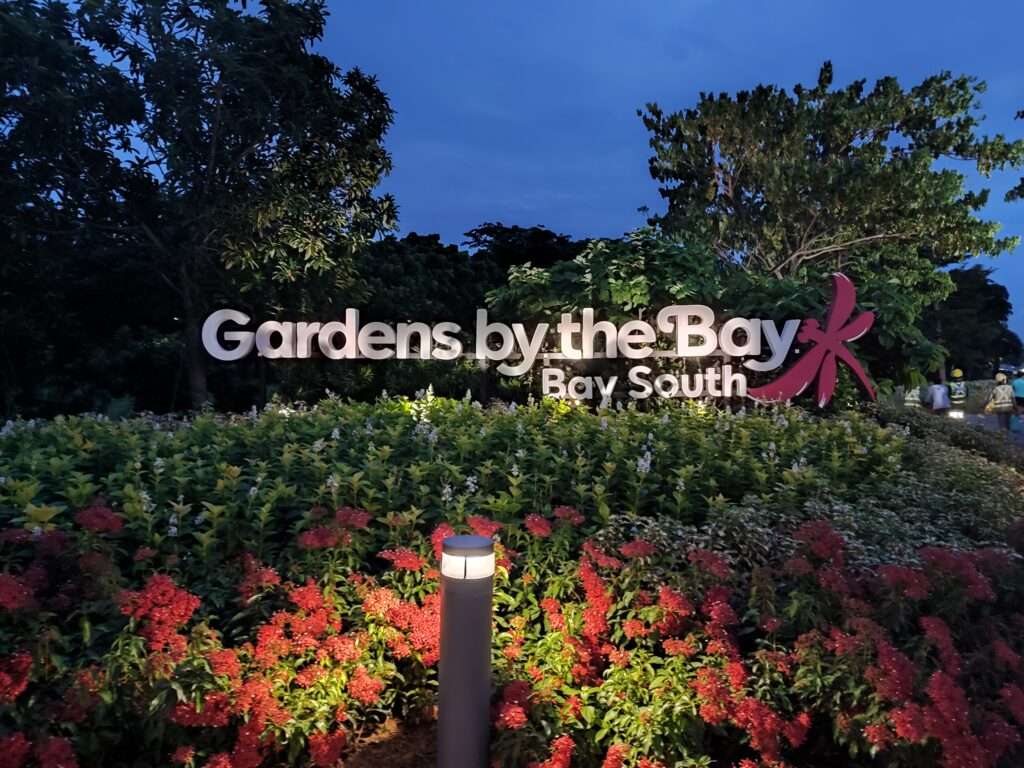
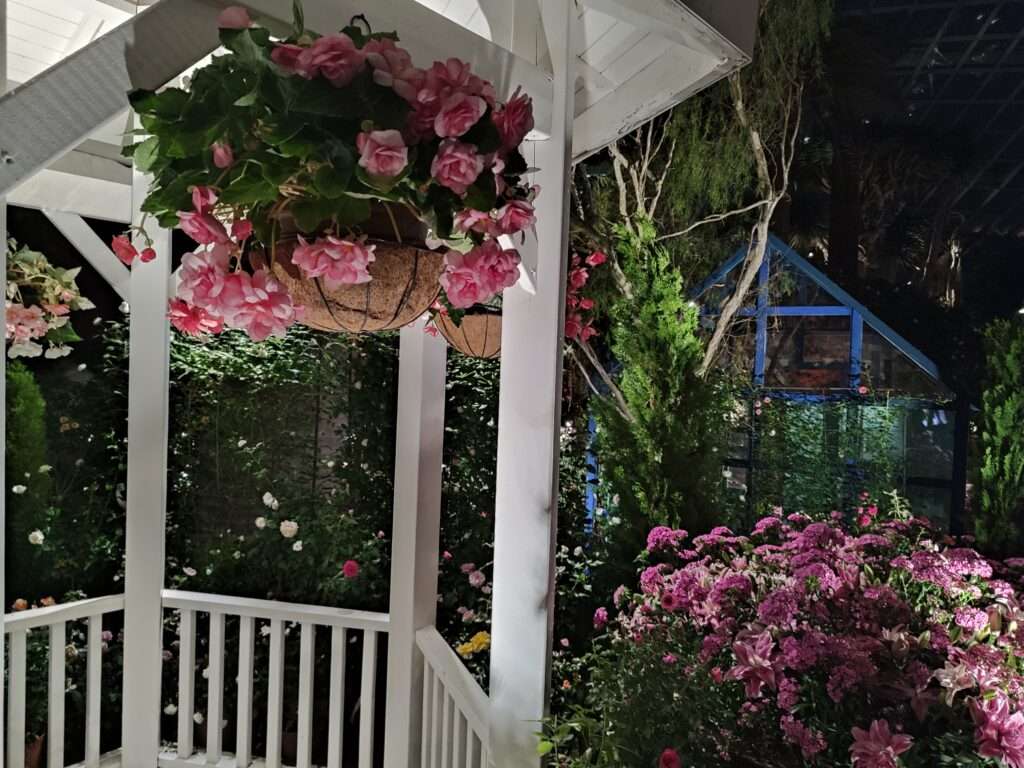
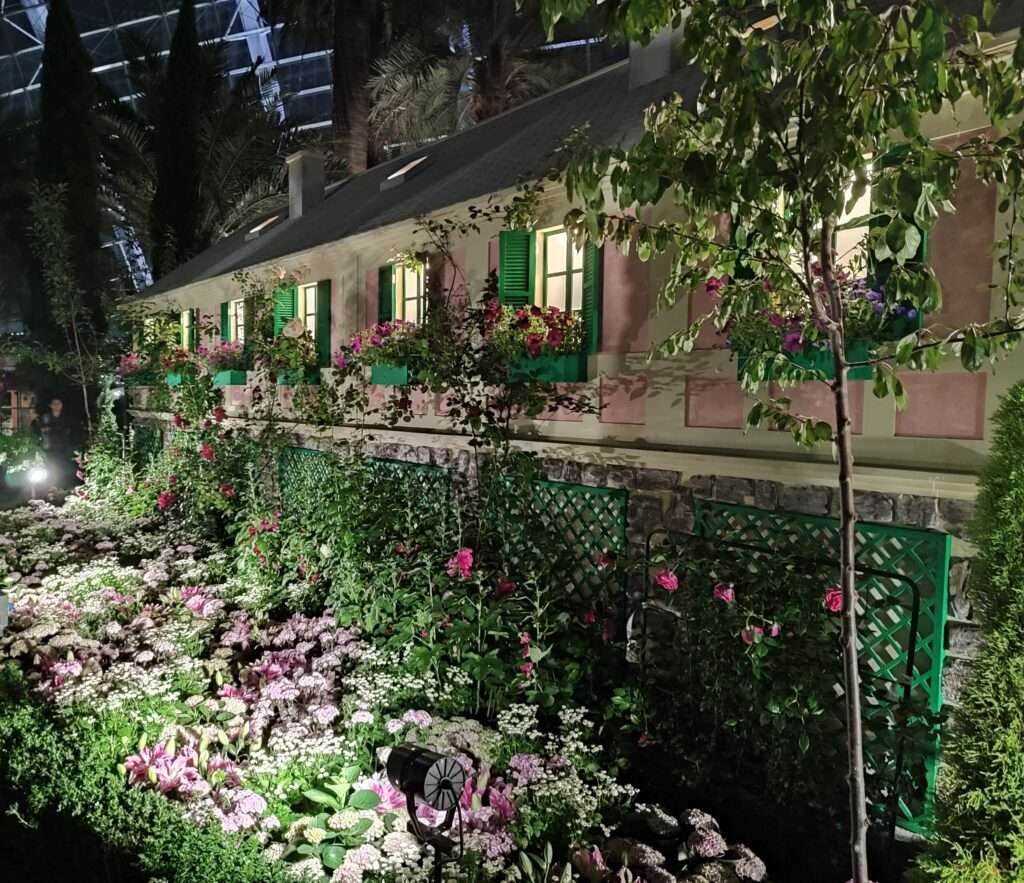

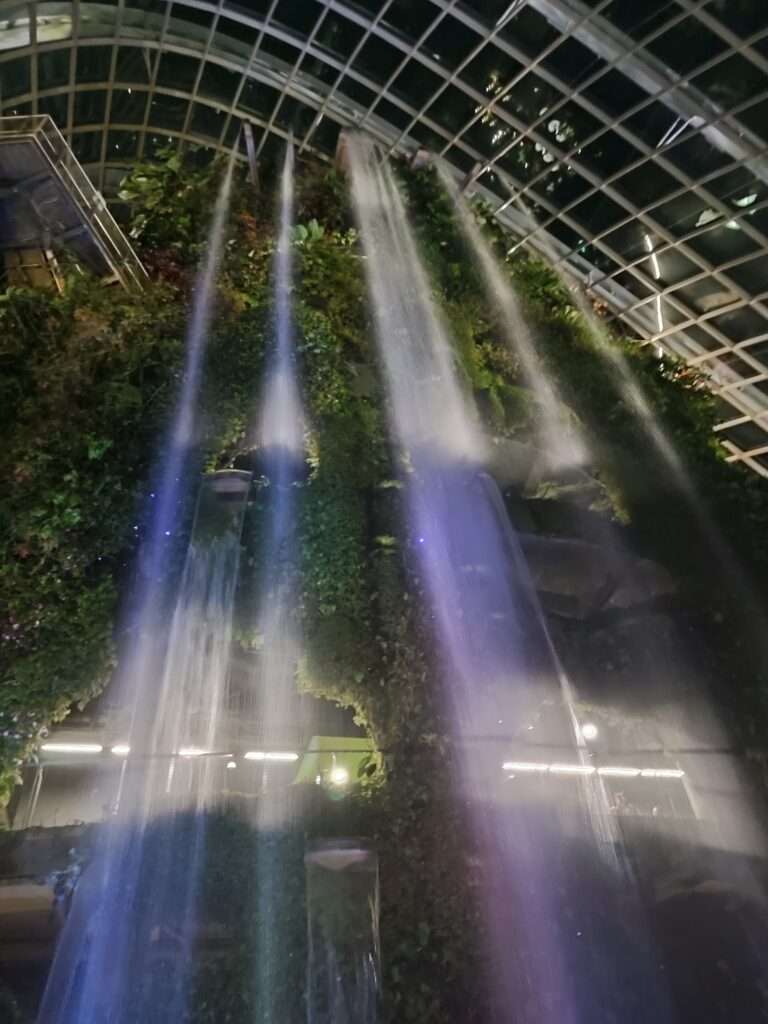
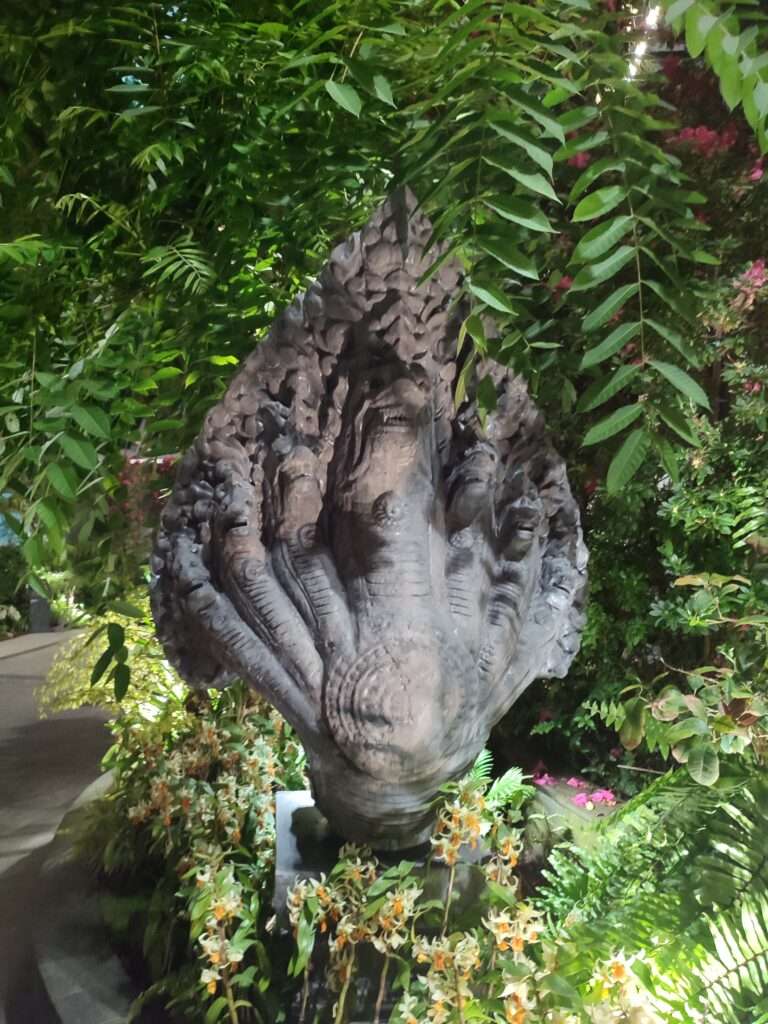
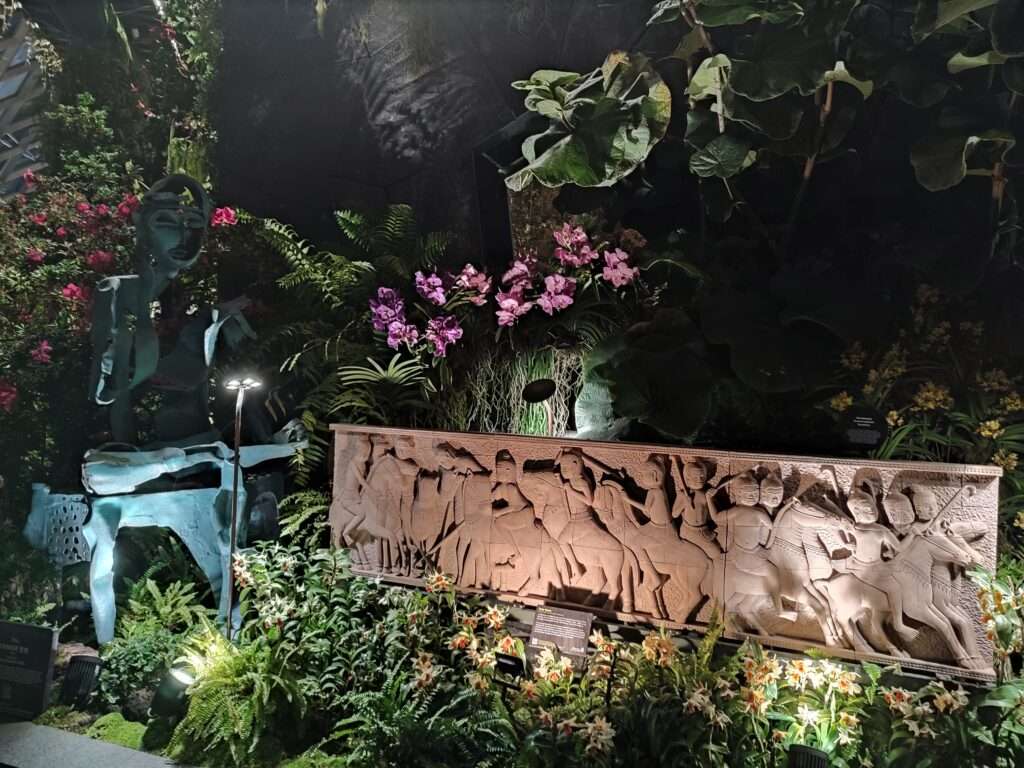
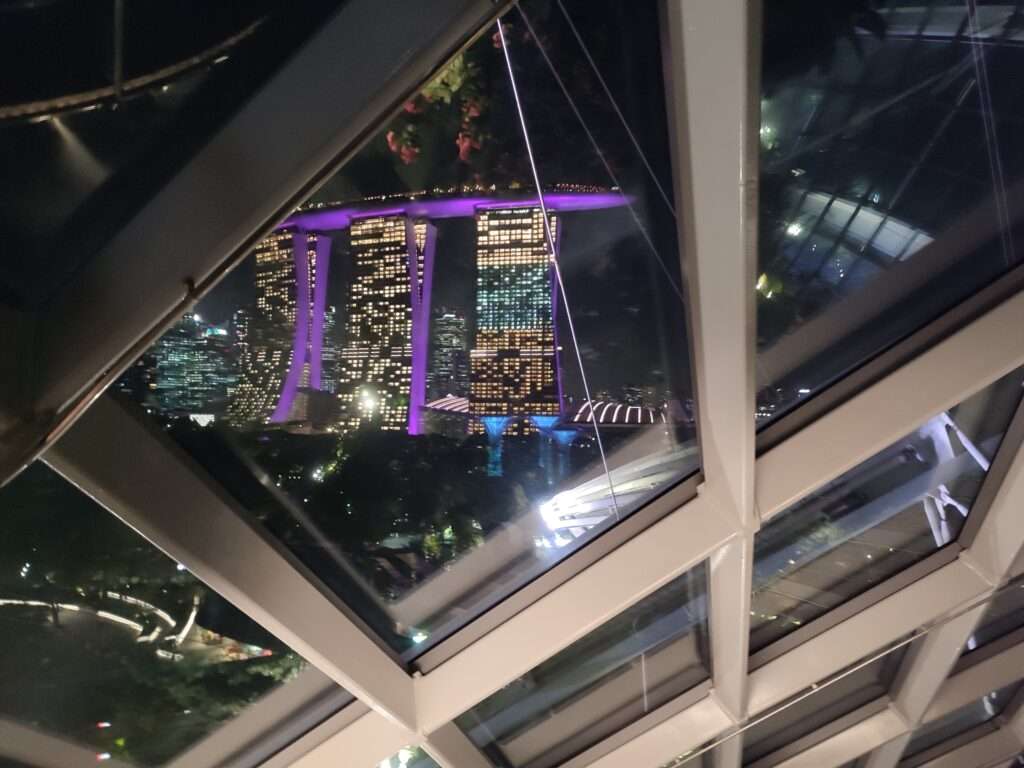
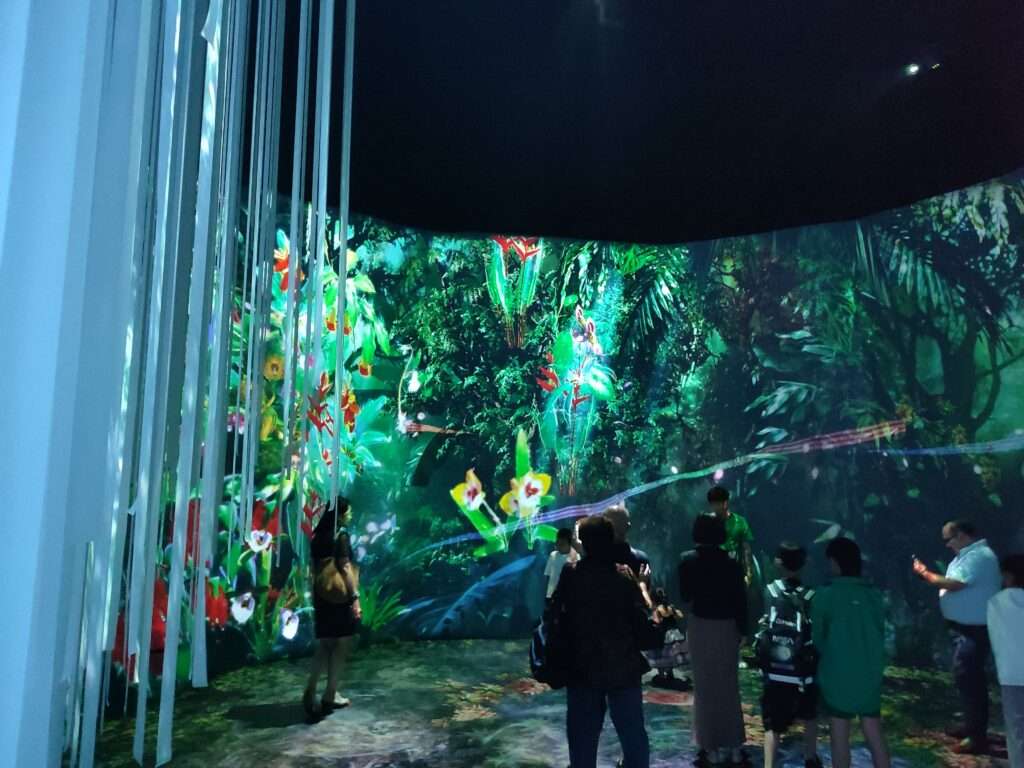
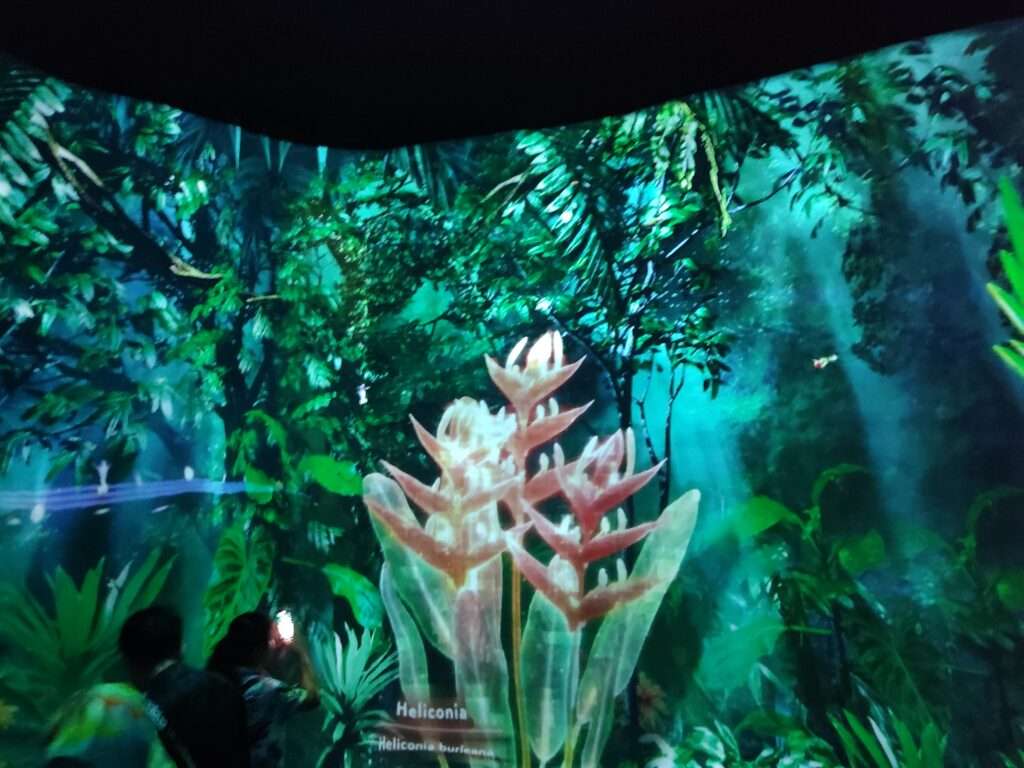
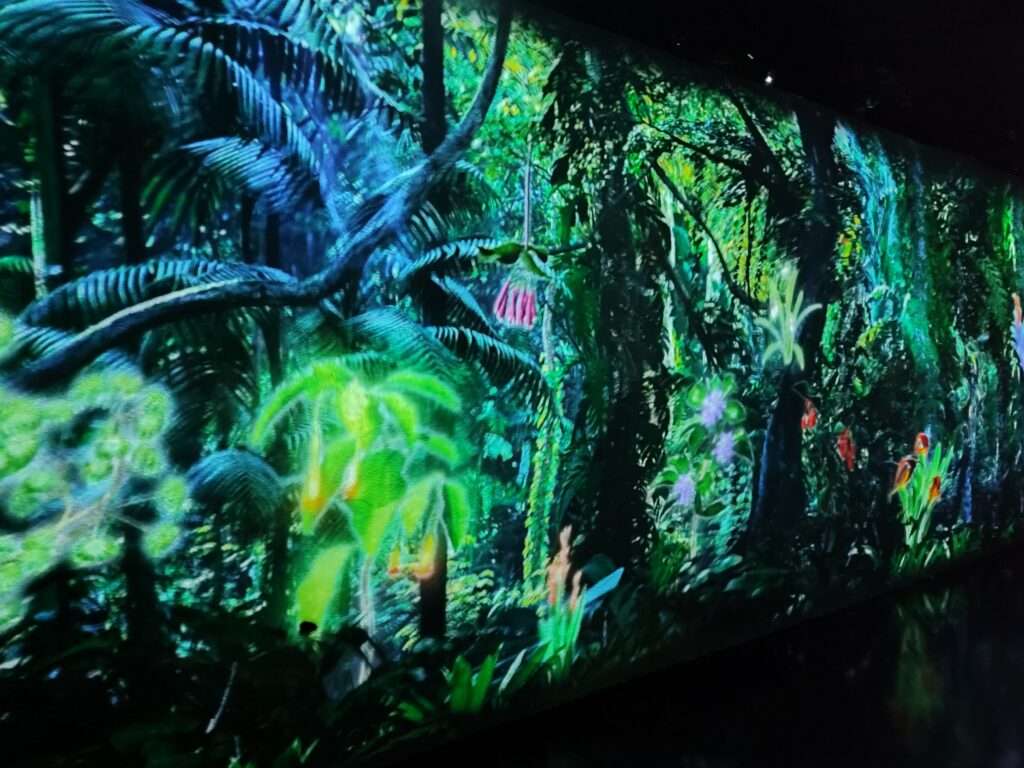
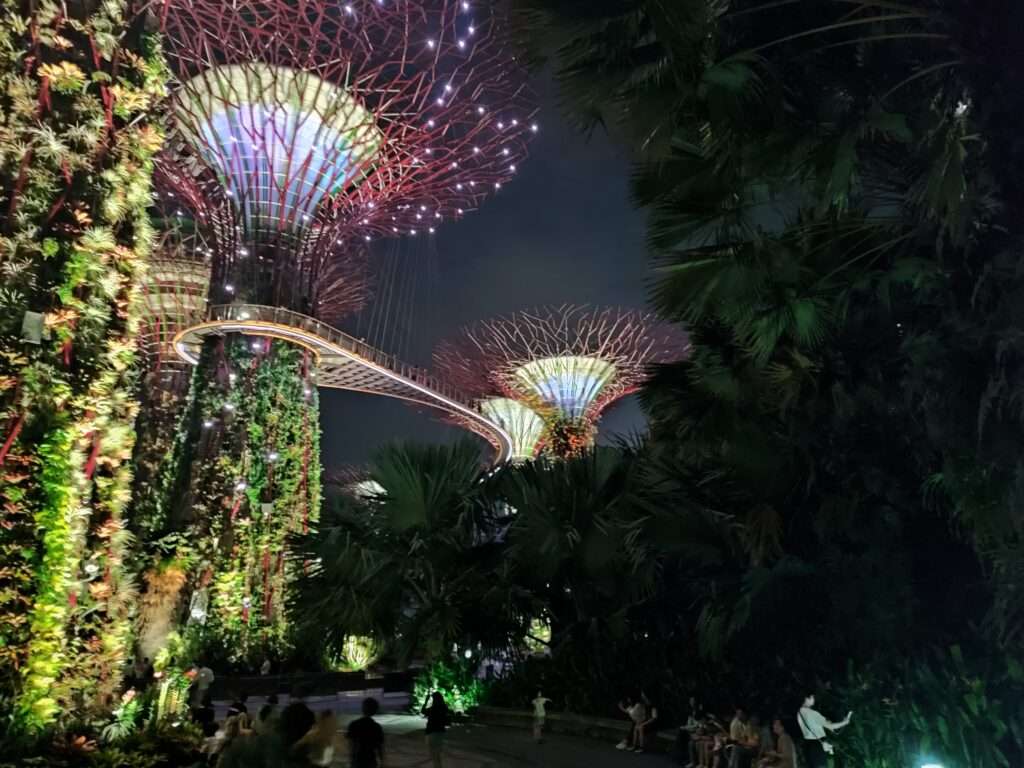


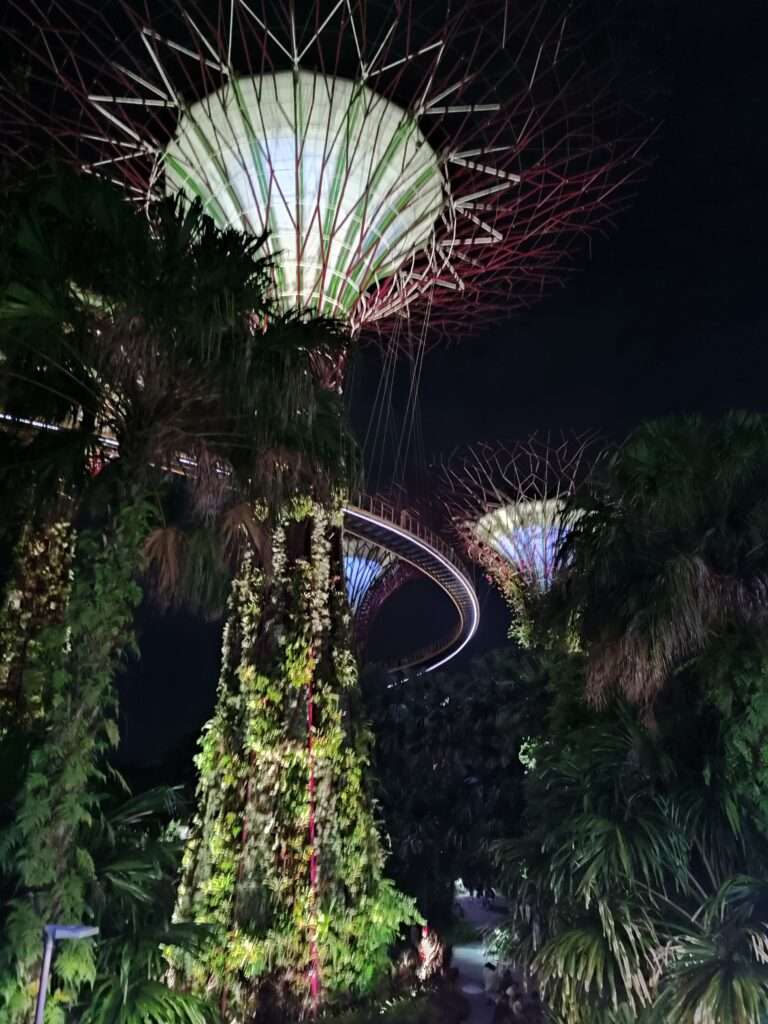
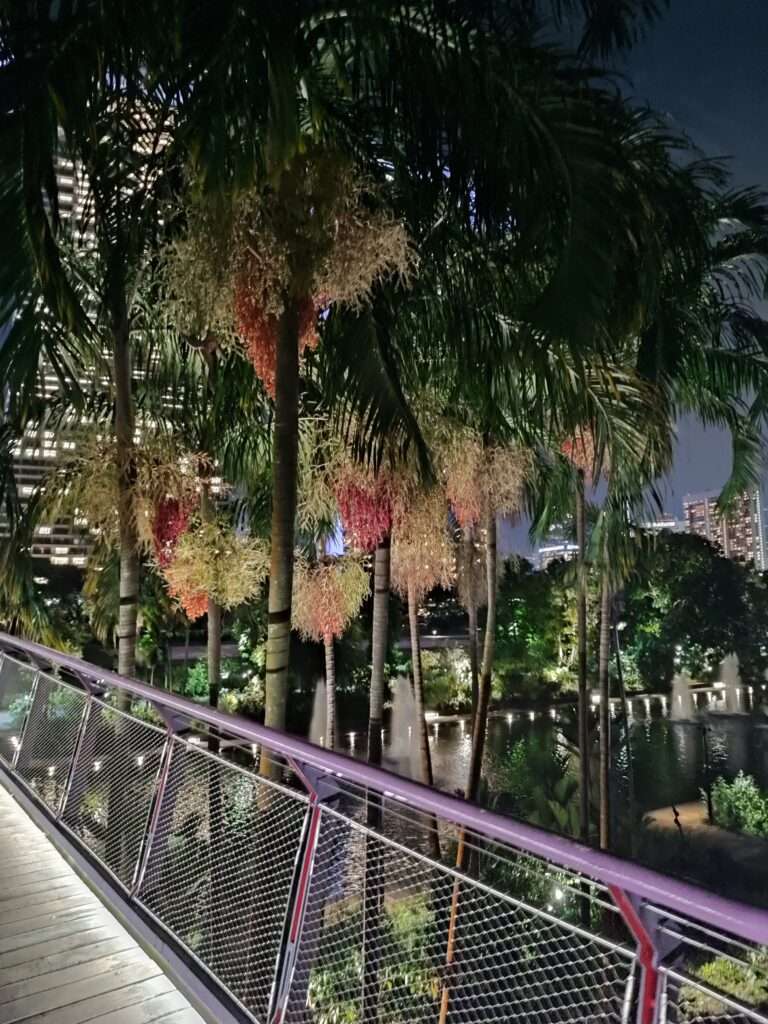
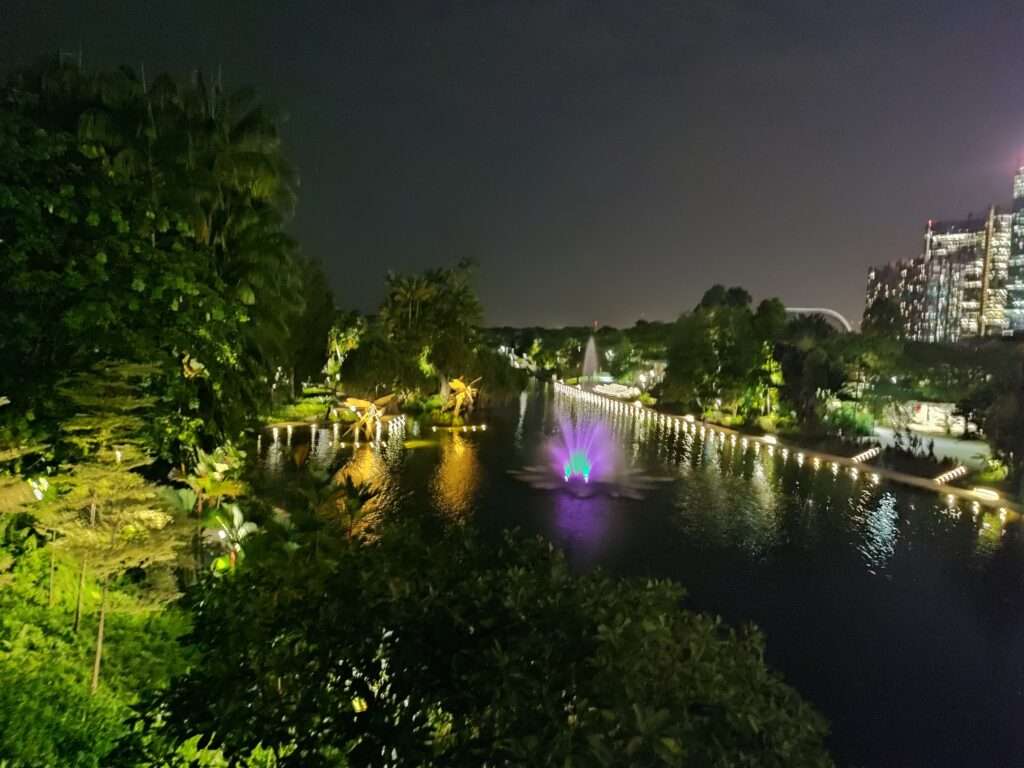
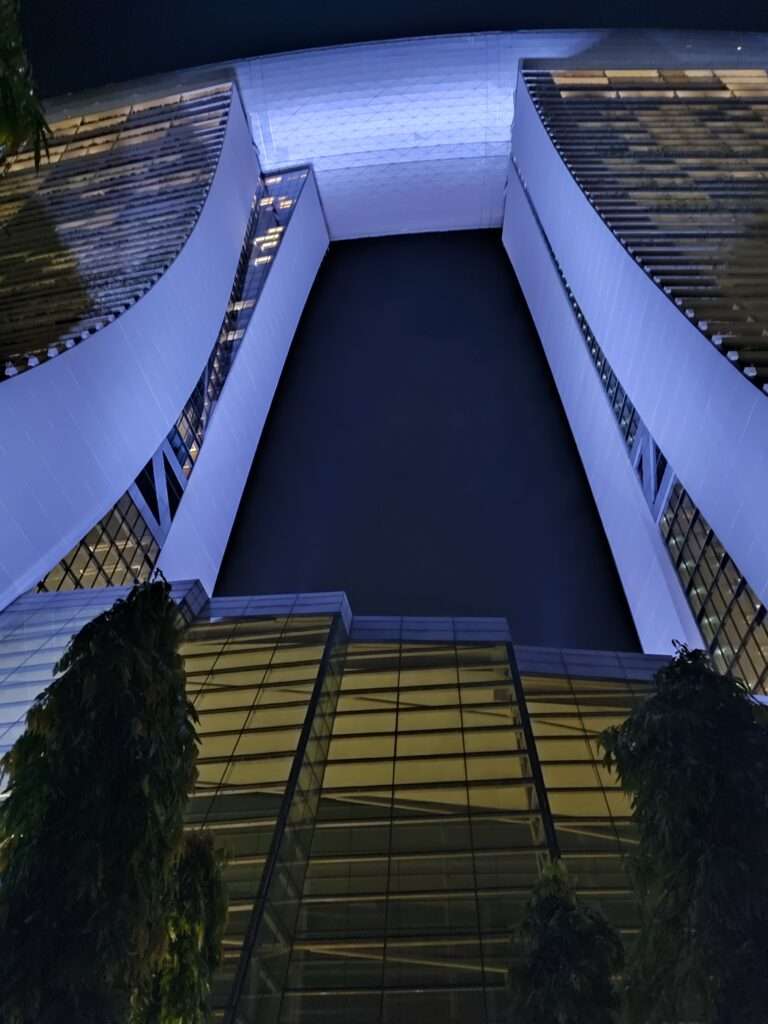
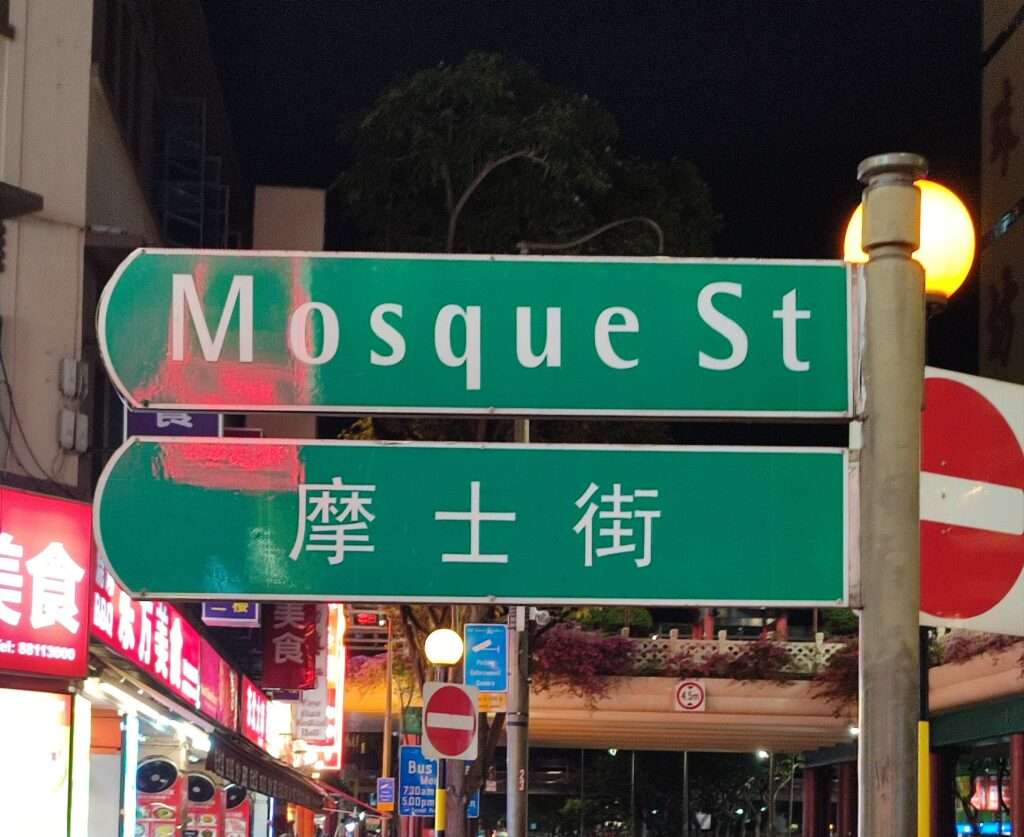
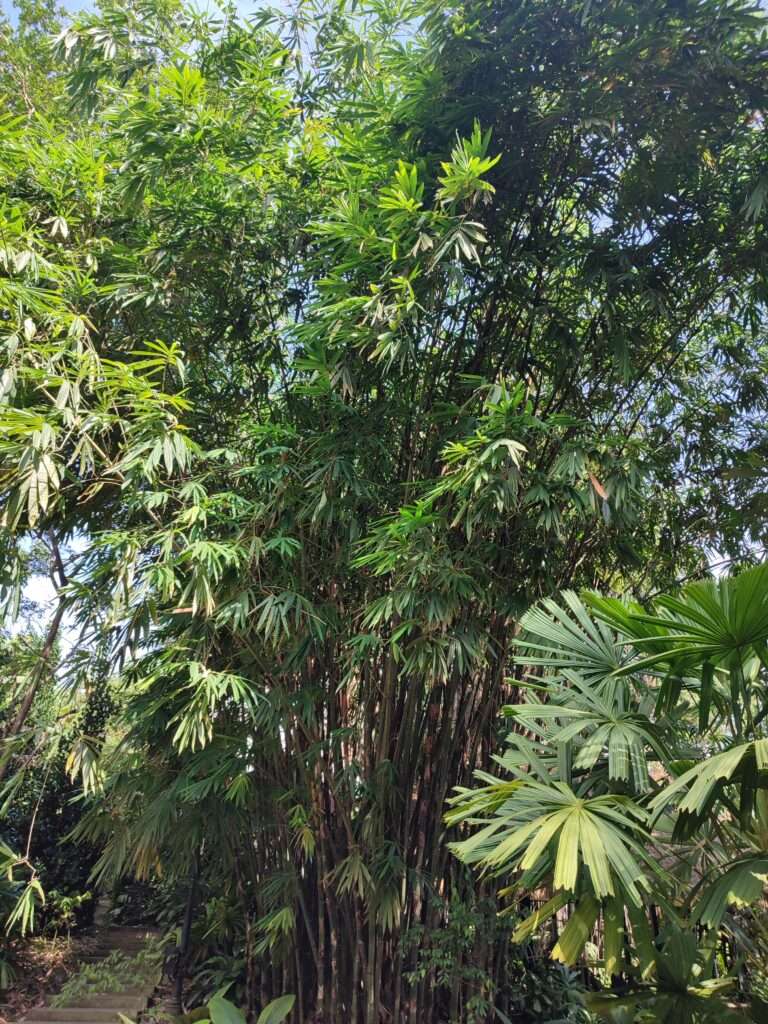
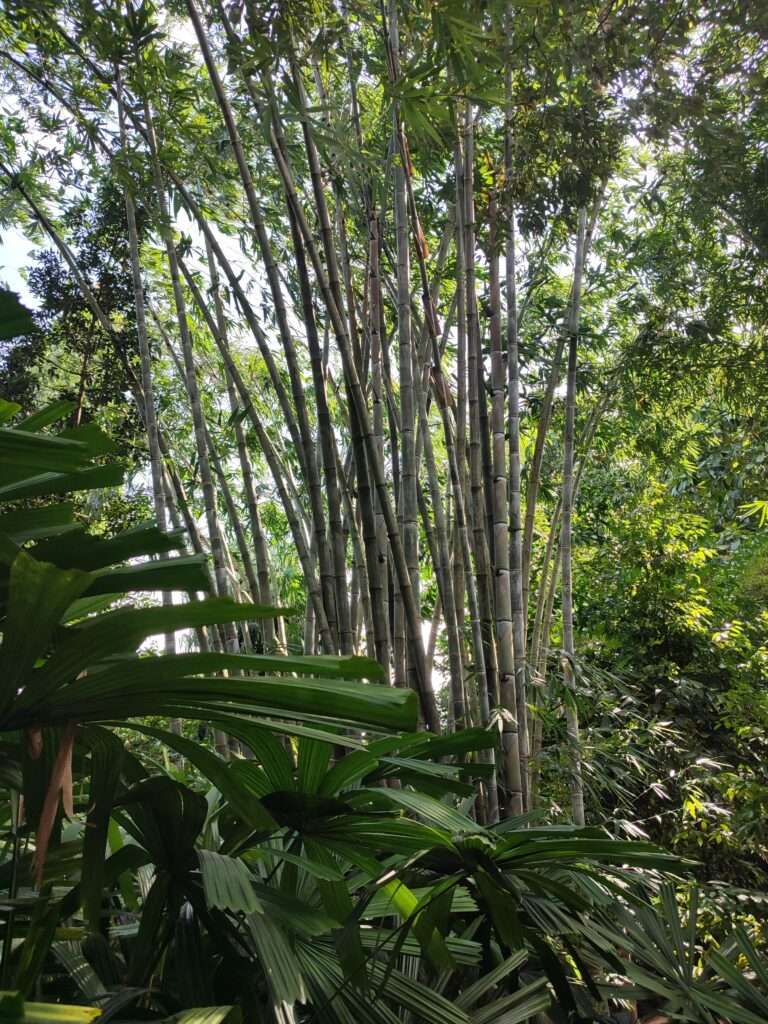
Sustainable Solutions
Singapore is making significant strides in transitioning to clean energy. The city-state is embracing rooftop solar panels, exploring biofuels, and investing in regional power grids that utilize cleaner energy sources. These initiatives are crucial in reducing the nation’s carbon footprint and promoting renewable energy usage.
Waste reduction and management are also high on Singapore’s sustainability agenda. The nation prioritizes waste minimization, recycling, and energy-from-waste technologies, aiming to achieve a “zero waste” status where most waste is either recycled or converted into energy. This approach not only addresses the waste problem but also generates additional energy, contributing to the city’s clean energy goals.
In the realm of transportation, Singapore boasts a well-developed public transport network with efficient buses and MRT trains. The government is actively promoting car-lite zones and the adoption of electric vehicles to encourage eco-friendly transportation choices. These efforts help reduce traffic congestion, lower greenhouse gas emissions, and enhance air quality in the city.
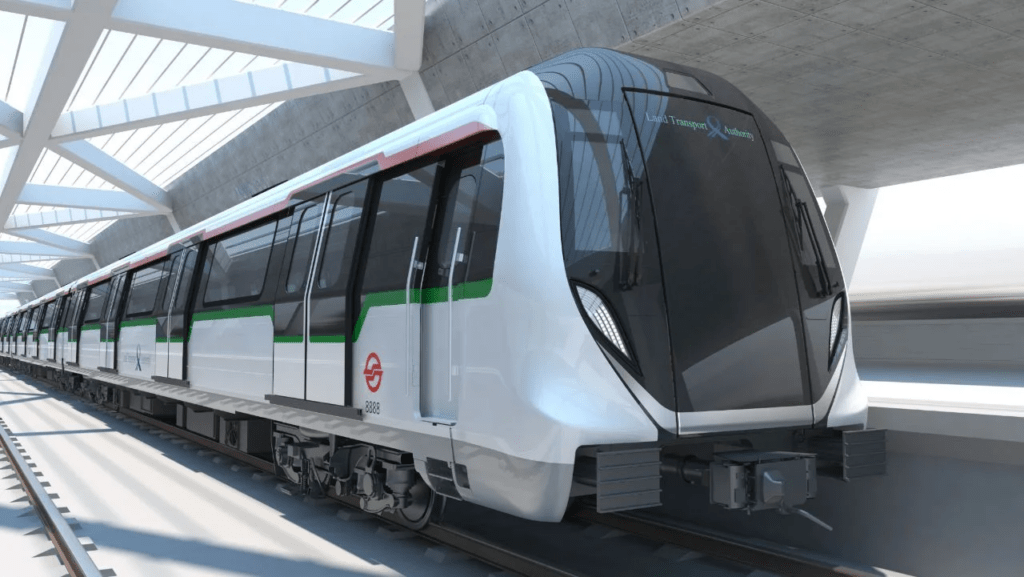
Vision 2040: A Sustainable Future
Singapore’s “Green Plan 2030” sets the groundwork for the city’s ambitious 2040 vision. Central to this vision is achieving net-zero carbon emissions by 2050, with significant milestones laid out for 2040. This includes enhancing green spaces by planting one million more trees across the island, which will further increase the city’s green cover and promote biodiversity.
Sustainable building practices are also a cornerstone of Singapore’s future plans. The city aims for an 80% green building rating (Green Mark) by 2030, pushing for energy-efficient and environmentally friendly construction practices. These green buildings are designed to minimize energy consumption and reduce environmental impact, contributing to the overall sustainability of the urban environment.

Leading by Example
Singapore’s green initiatives extend beyond its borders. The city actively shares its knowledge and expertise with other nations, fostering international collaboration on sustainability. By leading by example, Singapore demonstrates that economic prosperity and environmental responsibility can go hand-in-hand, providing a model for other cities to follow.
A Model for the Future
Singapore’s dedication to a sustainable future showcases that economic prosperity and environmental responsibility can coexist harmoniously. The city’s innovative solutions and ambitious goals provide valuable lessons for urban centers worldwide, paving the way for a greener and more sustainable future for our planet. Singapore’s approach to integrating green practices into urban living sets a benchmark for other cities, illustrating that with commitment and innovation, sustainable urban living is not just a possibility but a reality.
Remember, the words of Mahatma Gandhi ring true: ‘What we are doing to the forests of the world is but a mirror reflection of what we are doing to ourselves and one another.’ Let’s strive for a future where sustainability and conservation go hand in hand.

Southeast Asia’s Disappearing Rainforests: A Fight for Survival
Singapore, once heavily forested, serves as a stark reminder of the rapid deforestation that has swept across Southeast Asia. This region, once a sprawling emerald canopy teeming with life, is now under siege. Unrelenting deforestation, driven by a complex interplay of economic, social, and environmental factors, poses a grave threat to the ecological equilibrium and long-term sustainability of Southeast Asia.
A Multifaceted Onslaught
- Predatory Logging: Illegal logging, especially for prized hardwood trees, carves gaping wounds into the landscape. This ruthless exploitation disrupts delicate ecosystems, leaving behind desolate wastelands.
- Development’s Shadow: Large-scale projects like dams disrupt natural water flow and flood vital ecosystems, jeopardizing countless plant and animal species.
- Cash Crops vs. Conservation: The rise of large-scale agriculture, particularly palm oil plantations, has been particularly destructive. Vast swathes of rainforest are cleared to make way for these monoculture crops, displacing wildlife and disrupting natural habitats.
A Deeper Look at the Drivers
Data reveals a surprising contributor: small-scale subsistence farming. Families struggling to survive clear land to grow crops. While their plight highlights the complex social and economic factors intertwined with this environmental crisis, it doesn’t diminish the devastating impact.
The Vital Role of Rainforests
Located around the equator, rainforests are the Earth’s powerhouses. These verdant ecosystems, teeming with life, are crucial for our planet’s health:
- The Breath of the Planet: Rainforests produce a significant portion of the world’s oxygen, the very air we breathe.
- A Treasure Trove of Biodiversity: They are home to an astounding diversity of plant and animal species, many with potential medicinal properties yet to be discovered.
- Rainmaking Champions: Rainforests play a vital role in regulating rainfall patterns, influencing weather systems across the globe.
A Beacon of Hope
Initiatives like biosphere reserves offer a glimmer of hope. These designated areas strive to balance conservation with sustainable human interaction. The Crocker Range Biosphere Reserve in Malaysia exemplifies this approach, protecting endangered species while supporting local communities through sustainable practices.
The Road to Recovery
Addressing Southeast Asia’s deforestation crisis necessitates a comprehensive strategy. Singapore’s leadership in sustainable development provides a model for the region. Implementing sustainable agricultural practices, enforcing responsible logging regulations, and empowering local communities are critical steps. The preservation of these rainforests is paramount not only for safeguarding biodiversity but also for ensuring the long-term well-being of all living beings.
Singapore’s Clean Energy Challenge: Importing from ASEAN Neighbors and the Hydrogen Quandary
Singapore’s National Hydrogen Strategy calls for low-carbon hydrogen usage as a “major decarbonization pathway” to help it reach its emissions goal of net zero carbon by 2050. The city-state faces a significant challenge in its quest for clean energy, particularly with its heavy reliance on hydrogen production. However, a heated debate surrounds the type of hydrogen Singapore should focus on: blue or green.

Hydrogen Dilemma: Blue vs. Green
Natural gas constitutes approximately 95% of Singapore’s electricity generation, while renewable sources account for less than 3%. Once considered a clean fuel, natural gas emits roughly half the carbon dioxide of coal per unit of energy, contributing significantly to greenhouse gas emissions. Additionally, the gas industry’s methane leakage exacerbates its climate impact, as methane is over 25 times more potent than carbon dioxide in trapping heat. Beyond climate concerns, the combustion of natural gas also produces harmful pollutants that pose health risks.
Recognizing these issues, Singapore developed its National Hydrogen Strategy in 2022 to reduce its dependence on natural gas. The strategy aims to incorporate low-carbon hydrogen as a major element in achieving net-zero emissions by 2050. However, the plan is ambiguous about whether it prioritizes blue or green hydrogen. Green hydrogen, produced using renewable energy, emits no carbon dioxide, while blue hydrogen, derived from fossil fuels (mainly natural gas), still results in significant emissions.
Carbon Capture and Storage (CCS) Concerns
To mitigate the emissions from blue hydrogen production, Singapore is considering carbon capture and storage (CCS) technology. However, CCS has faced criticism for being energy-intensive, costly, and often failing to meet emissions reduction targets. Additionally, there are concerns about the long-term reliability of storing carbon dioxide underground, as leaks can occur over time. Given these drawbacks, Singapore would benefit more from focusing on green hydrogen, despite its current cost prohibitions.
Green Hydrogen Challenges
Green hydrogen is a long-term solution that remains expensive. The levelized cost of green hydrogen production ranges from $3-6 per kilogram, factoring in the costs of electrolysers, renewable energy procurement, and electricity grid connection. Singapore’s limited land mass (709 square kilometers), low wind speeds, and high urban density further constrain its ability to produce green hydrogen domestically. Additionally, the city-state lacks significant river resources for hydropower, and other innovative energy sources like wave and tide energy are impractical due to existing port infrastructure and low tide spans.
Regional Clean Energy Cooperation
Given these constraints, Singapore must look towards importing clean energy from its ASEAN neighbors. Initial steps are being taken to establish energy supply deals within the region. For instance, Sembcorp Utilities, a unit of Singapore’s Sembcorp, and PetroVietnam Technical Services Corporation agreed in August to explore the development of offshore wind farms in Vietnam, aimed at exporting power to Singapore. This collaboration could see the first stage involving power from a wind project off the coast of southern Vietnam.
Similarly, Indonesia presents a promising source of clean energy. In September, Singapore’s Energy Market Authority granted conditional approvals to five companies to import 2 gigawatts of low-carbon electricity from Indonesia. These approvals are the preliminary steps towards obtaining the necessary licenses and permits for project execution. The projects under consideration include a solar power plant and manufacturing plants for battery energy storage systems, with operations potentially starting as early as 2027.
Benefits of Regional Clean Energy Imports
Importing clean energy from neighboring ASEAN countries can significantly aid Singapore in meeting its decarbonization goals. It would also provide renewable energy exporting countries with the incentive and financial support to further develop their renewable energy sectors. This regional cooperation could help shift the broader energy landscape in Southeast Asia, which is still heavily reliant on coal and gas-fired power generation, towards cleaner energy sources. Such a transition would be mutually beneficial, helping Singapore manage its energy supply challenges while promoting a more sustainable energy future for the entire region.
In Short
Singapore’s ambitious National Hydrogen Strategy underscores the city’s commitment to achieving net-zero emissions by 2050. However, the journey is complex, involving a critical decision between blue and green hydrogen. While blue hydrogen poses significant environmental and technological challenges, green hydrogen, although costly and currently unfeasible for domestic production, offers a more sustainable long-term solution. The city’s limited renewable energy resources necessitate reliance on regional clean energy imports, fostering collaboration with ASEAN neighbors like Vietnam and Indonesia. This strategy not only aids Singapore’s decarbonization efforts but also catalyzes a regional shift towards cleaner energy, showcasing a pathway to a more sustainable and interconnected energy future.
Related Content
- Digital Innovation in Urban Spaces: The Crucial Role of IT in Smart Cities
- Silent Cities: Strategies for Reducing Urban Noise Pollution
- Urban Ecology: How Cities Can Support Wildlife
- The Evolution of Cloud Computing: What’s Next?
- Eco-IT: The Future of Environmental Stewardship
- Unveiling Tomorrow’s Urban Marvels: Harnessing ML/DL for Next-Gen Smart Cities
- The Arcadis Sustainable Cities Index 2024 | Arcadis
- Going Green: MICE Singapore Sustainability (VisitSingapore.com)
- Green City-State: How Singapore is Leading the Way in Sustainable Urban Development
- How Singapore is Pioneering the Way to Creating a Greener Urban Environment | ArchDaily
- Green Space in Singapore (arcgis.com)
- Transforming Singapore towards sustainable tourism and urban living
- Our Vision (GreenPlan.gov.sg)
- Leading the Charge Smart Cities Revolutionise Urban Living – Urban Acres
- Asia Pacific Hydrogen 2024 Summit – Your Gateway to Hydrogen Projects in Asia Pacific
- Singapore must import clean energy from ASEAN neighbors – Nikkei Asia
- Singapore Renewable Electricity Import Brings Opportunity to Corporate Buyers
- Opportunities for Singapore to Drive ASEAN’s Green Transition • Stimson Center
- Singapore’s clean energy dilemma is a warning for small nations – The Japan Times
- Transforming-asean-strategies-achieving-inclusive-and-sustainable-growth-rev1.pdf
- Stimson Singapore Energy Policy_V4
- Reimagining EU-ASEAN Relations: Challenges and Opportunities – Carnegie Europe
